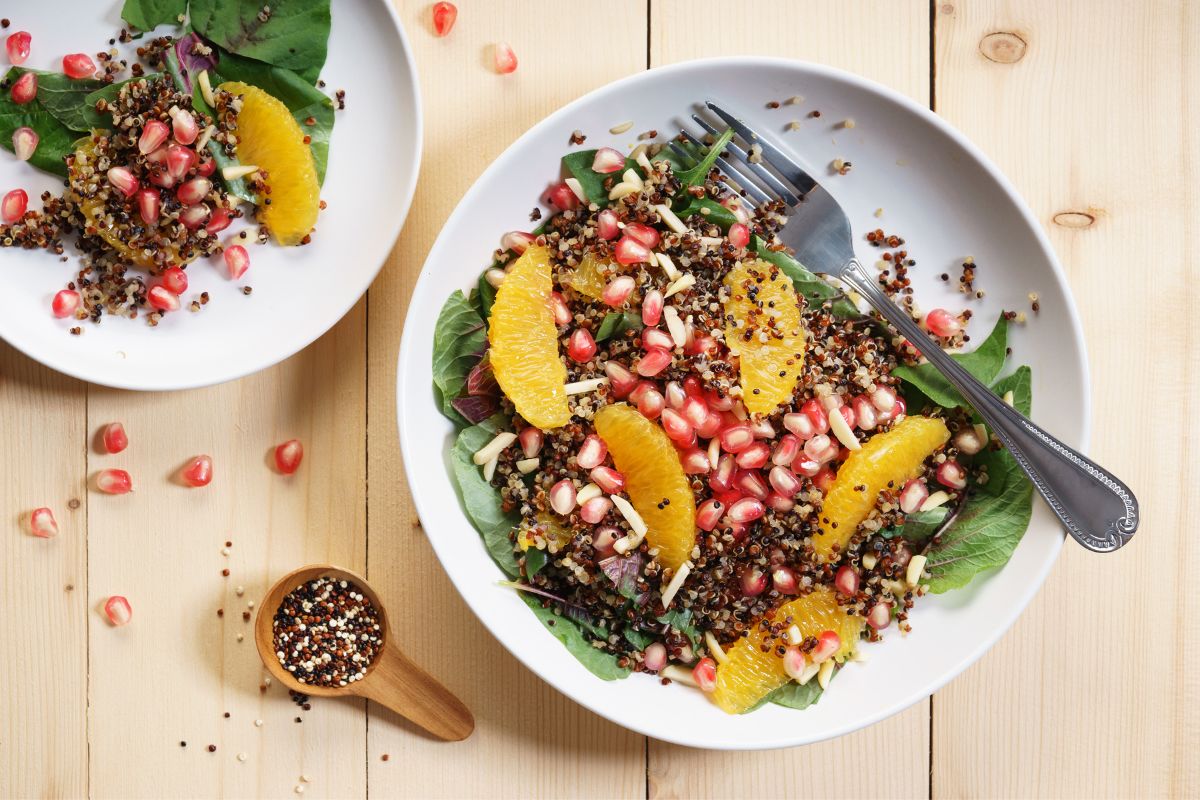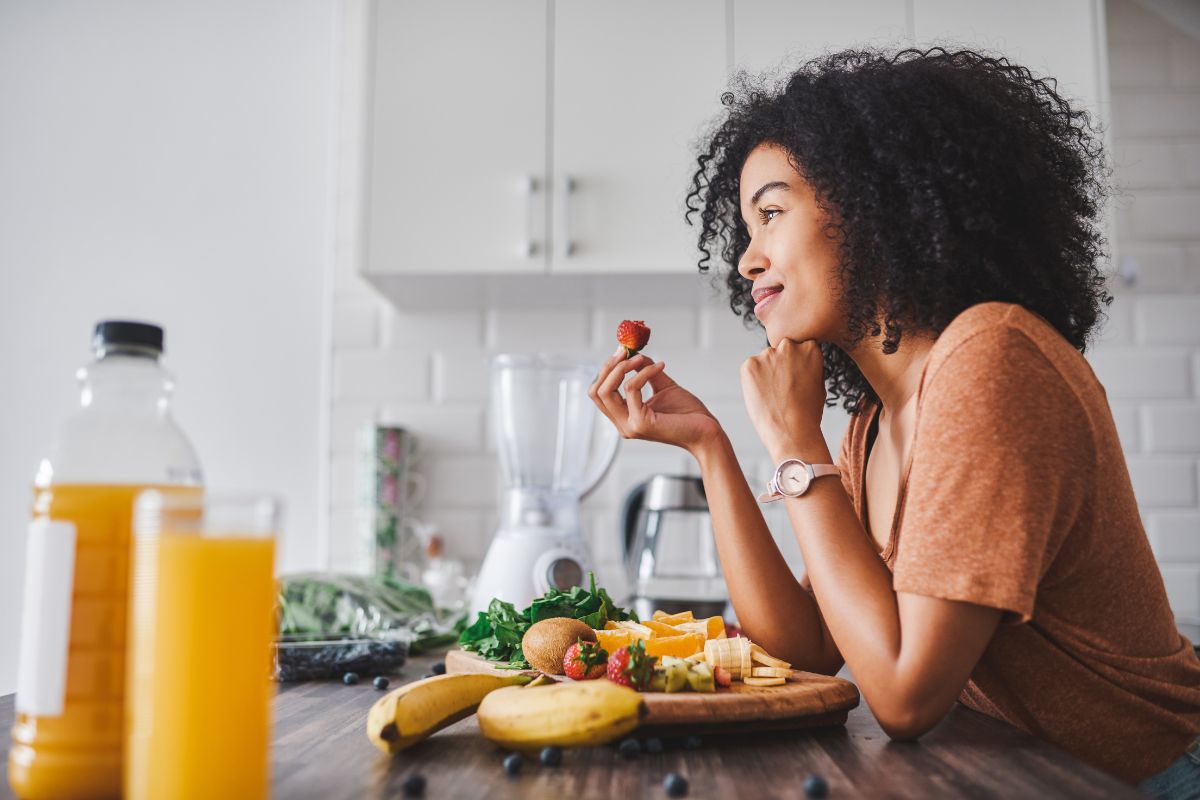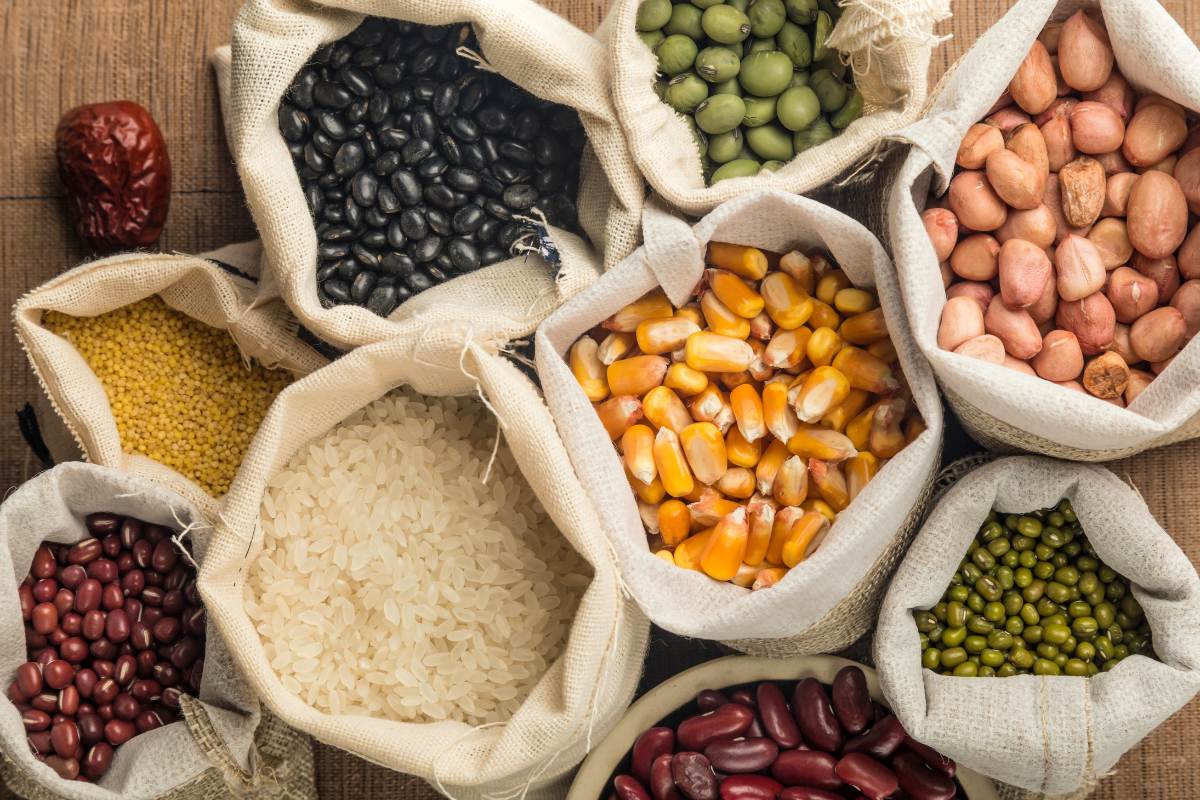Quinoa vs. Rice: Which one is actually healthier?
For any plant-based diet, incorporating the right grain is essential to a balanced diet and a healthy (and satisfied!) stomach. Remember: Never underestimate the importance of gut health; your microbiome will thank you for its daily dose of fiber.
Both rice and quinoa have been diet staples for thousands of years among non-Western cultures. Recently, they have been rising in popularity in Western countries for their rich nutritional profile. The great news is that rice and quinoa are great nutritional options as long as you choose the right rice; both grains are gluten-free, packed with nutrients, and have long-lasting health benefits. Below, we break down everything you need to know about the ancient grains.
So what is quinoa?
Though considered a whole grain, quinoa is actually a seed, a very tiny one indigenous to the Andean region of South America. Don’t let its size fool you; these tiny seeds are packed with protein, gluten-free, and nutrient-dense, meaning they're rich in minerals and vitamins.
Quinoa is special because it's a complete protein, unlike other whole grains. A complete protein means it contains a balanced amount of all nine essential amino acids, making it one of the few plant-based proteins that can make that claim. Now do you get why we love it so much?
Essential amino acids are essential for a reason
In order to build muscle and keep your immune system healthy, your body needs protein. The 20 amino acids (there are nine essential ones that must come from the diet) are the building blocks of protein, and to do the above, your body needs all 9 essential amino acids in balance to perform optimally. Many people get complete protein through animal meat, but that option has significant health risks. Vegetarians get complete protein by consuming both grains and legumes in their diet, though it doesn’t have to be at the same time. Quinoa is special because it supplies a plant-based complete protein without any of the harm or any need for combination!
Health benefits of quinoa: let’s break it down
It's a superfood for a reason. Quinoa has been proven to improve digestive health, promote weight loss, lower blood pressure, and lessen the chances of harmful diseases like type 2 diabetes.
Fiber keeps you full (satisfying cravings) and keeps your stomach running how it's supposed to. Diets high in fiber reduce the risk of colon cancer, while magnesium is an essential mineral in lowering your risk of Type 2 diabetes. Remember when we said quinoa was packed with minerals and vitamins? That includes magnesium, and many people don’t have enough of it in their diet. The combination of protein, fiber, and healthy fat regulates blood sugar naturally after eating, making quinoa a low glycemic index — another soldier in the fight against Type 2 diabetes.
Let’s talk about Rice
For many cultures, a meal isn’t a meal without rice. A culture and diet staple food all over the world, rice is also a great nutrient-rich and gluten-free grain. Not all rice is created equal; stick to brown rice to maintain nutritional value. Brown rice can also be a great source of fiber and nutrients while regulating blood sugar.
Here it is: Rice or Quinoa?
The answer isn’t as straightforward as you might think. Both rice and quinoa are great sources of protein, fiber, and amino acids. Since there’s a variety of rice, it's really about which rice you choose. Once white rice is processed, most of its nutrients are removed, so the debate really comes down to quinoa vs. brown rice.
While brown rice and quinoa are good sources of protein, high in fiber and both have great nutrients like essential amino acids — there is a winner. Quinoa takes the prize, with brown rice as a close second. The reason? Quinoa is a complete protein, one of the few plant-based ones, too. One cup of cooked quinoa beats out brown rice in its daily source of fiber and protein.
Yes, brown rice and quinoa are healthy for you. We’re just big fans of quinoa’s versatility. Did you know there are over 120 grain varieties to choose from? So, swap it in the next recipe that calls for grain or sprinkle some in your salad.








